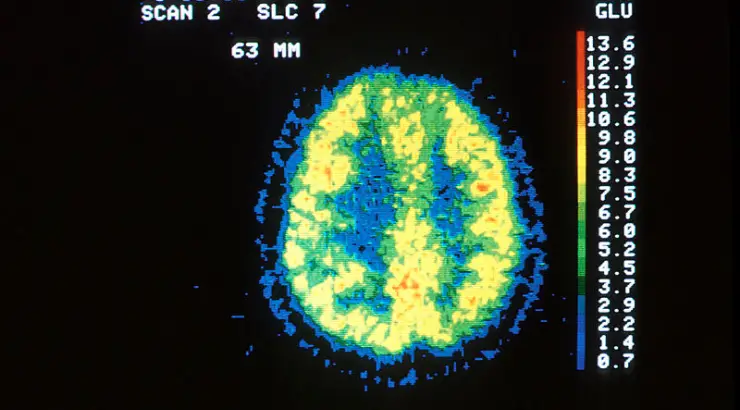Science & Tech
Neuroscientists Discover “Off Switch” in Brain for Epileptic Seizures
It could revolutionize drug-free treatment of epilepsy!

(TMU) — We are all familiar with the secondary effects that the usual psychiatric treatments may have on our bodies. In spite of the pharmaceutical industry continually working to minimize these unwanted effects, drug therapy is not quite there yet.
Epilepsy is the fourth most common neurological disorder and affects people of all ages. According to the CDC, about 3 million adults and almost 500,000 children in the U.S. suffer from this disease. It affects about 1% of the population.
A team neuroscientists at Georgetown University Medical Center has been working on a new way to “switch off” epileptic seizures in animal models. With this outstanding work, the way we treat epilepsy and its side effects could be revolutionized.
A person is diagnosed with epilepsy if they have two unprovoked seizures (or one unprovoked seizure with the likelihood of more) that were not caused by some known and reversible medical conditions like alcohol withdrawal or extremely low blood sugar.
Seizures occur when nerve cells in the brain misfire. While there are about 30 specific types of seizures, there are two main categories: focal, which starts in particular areas of the brain, and generalized, which occur when nerve cells on both sides of the brain misfire. Within this category are tonic-clonic (formerly known as grand mal), convulsive seizure, and absence (formerly known as petit mal).
Now we can get to know our main character, the star of the night: substantia nigra pars recticulata (SNpr). It has been well known by researchers for about 30 years that this substance can help stop a seizure but the circuits by which the SNpr manages to do this remain obscure. The SNpr is a small area deep within the brain.
Furthermore, Patrick A. Forcelli, Ph.D., an assistant professor in neuroscience and in pharmacology and physiology at Georgetown says: “It is usually thought to be involved in movement and movement disorders. We knew targeting SNpr can stop a seizure, but we didn’t know how. Neurons in this area have axonal projections that go to many different parts of the brain.”
Forcelli also says that the deep brain stimulation used today could be minutely targeted at the cell body of these neurons or the areas their axons (long, slender projection of a nerve cell) touch, depending on the type of seizure. We can highlight here that the main function of the axon is to transmit information to different neurons, muscles, and glands. Seizures occur when nerve cells in the brain misfire, we can see the connection here.
“We have found a major choke point in epilepsy circuits in rat brains that we believe can be harnessed to disrupt the onset of seizures or to stop their propagation within the brain,” he says. In this way, scientists can help offset the known side effects that come with drug therapy and techniques of this sort, as discussed previously.
With his team, Forcelli used four models of experimental epilepsy in seizure-prone rats, designed to reflect a different type of seizure. They were able to stop these seizures by placing light-sensitive ion channels into neurons in the SNpr; when exposed to light, the neurons can be turned on or off. The team found that seizures could be turned off by either silencing activity of the SNpr cell bodies or, in some cases, the areas that these neurons project to.
“These findings clarify a long-standing question in the field: the role these individual SNpr neural pathways play in the control of seizures,” he says.
We’ll have to wait for these scientists to continue decoding the rest of the SNpr mystery to have a clear view of the outreach this will have in the neurology field, and maybe, saying goodbye to the unwanted side effects we are still experiencing with the conventional treatments.
Typos, corrections and/or news tips? Email us at Contact@TheMindUnleashed.com
